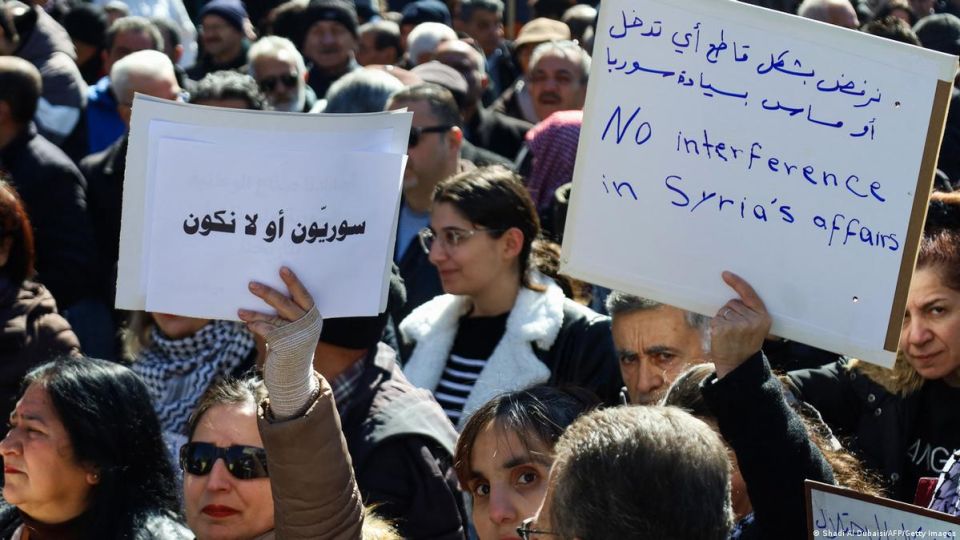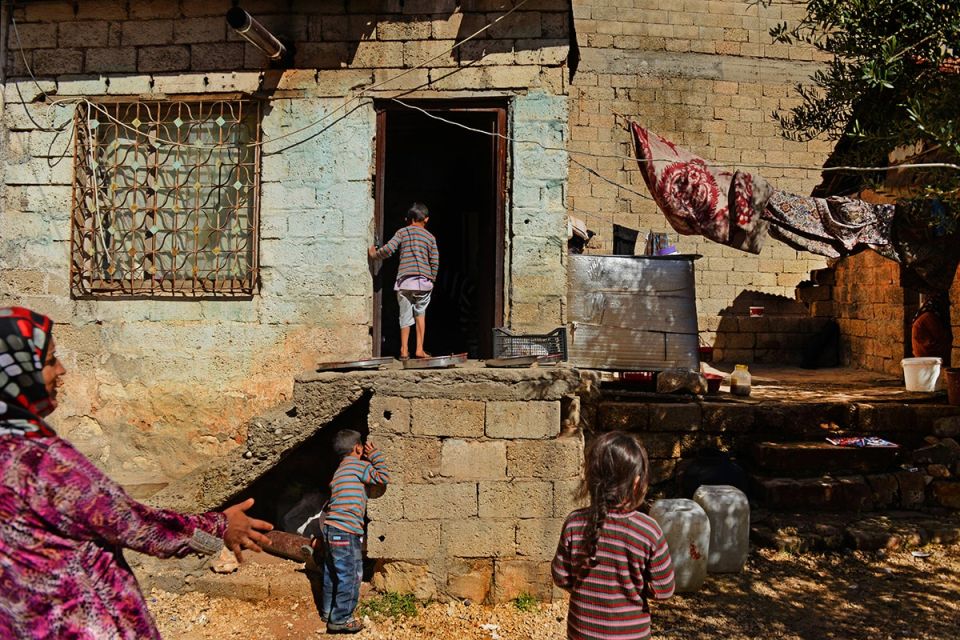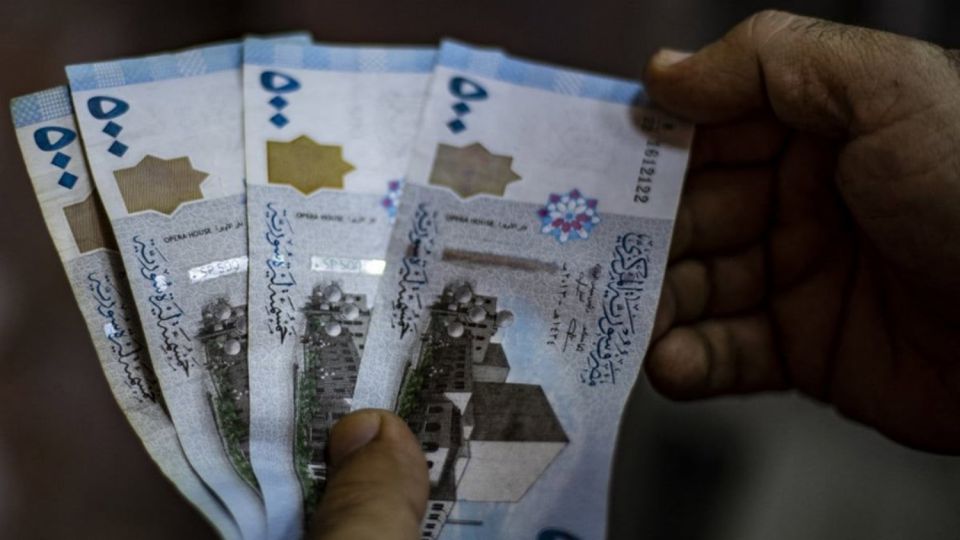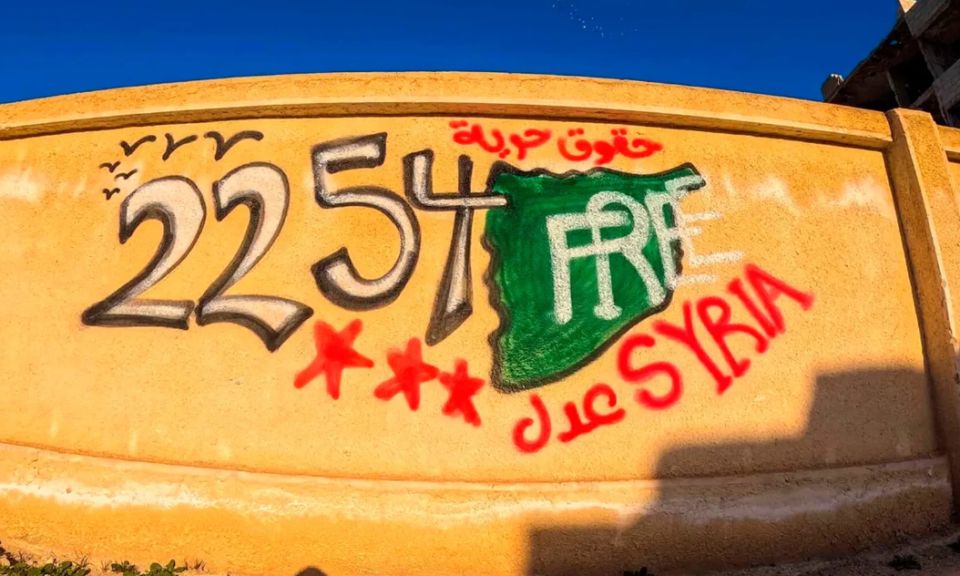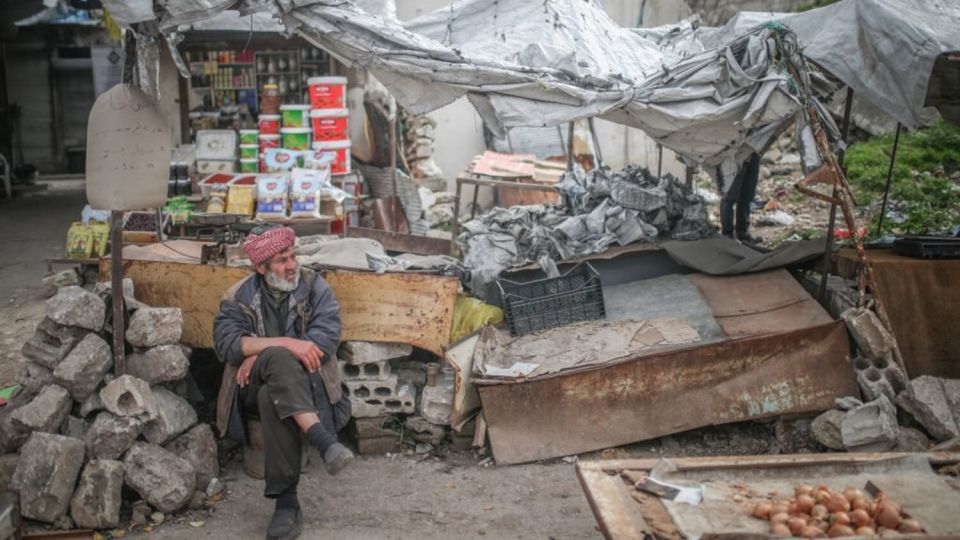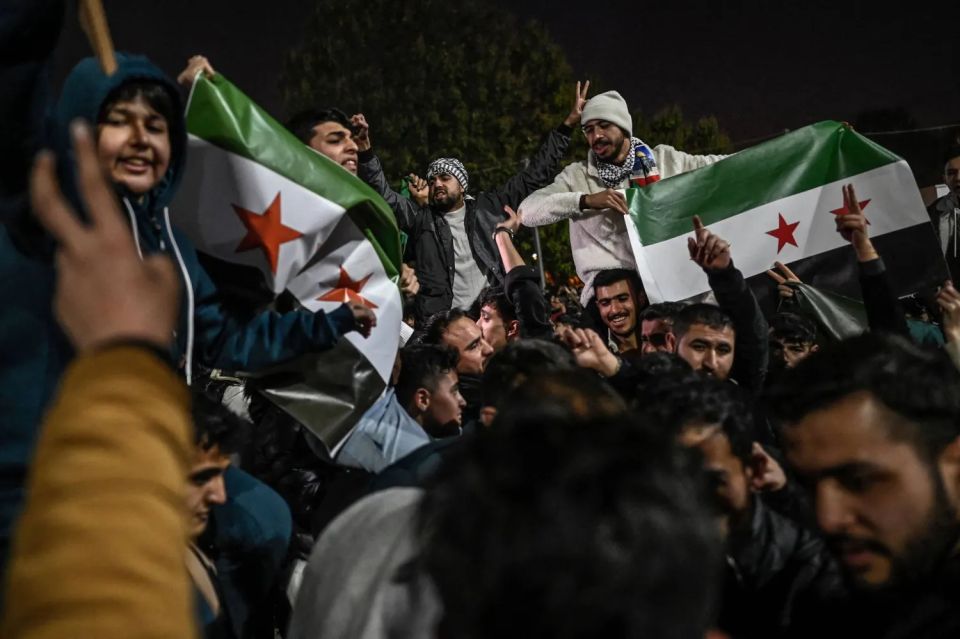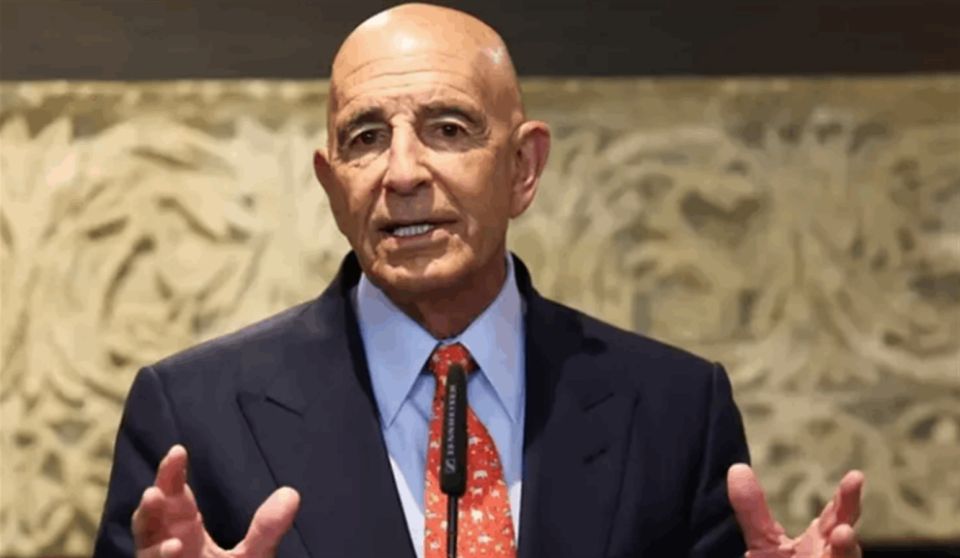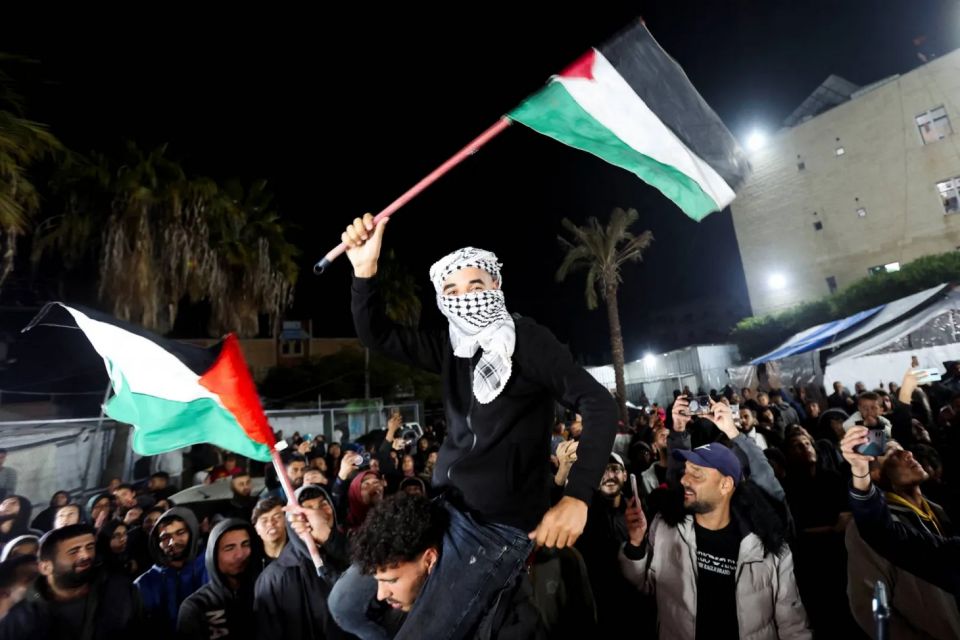
kassioun
email This email address is being protected from spambots. You need JavaScript enabled to view it.
Despite the great efforts to create a festive atmosphere around the current Syrian situation, it seems – according to the popular saying – like “sprinkling sugar on death”. The facts are clear and stark about the depth of the accumulated and worsening tragedy. Starting with the general political situation, in which Syria is still a set of regions governed by different authorities and in which multiple economic spaces prevail, and the catastrophic economic conditions and liberal measures and orientations hostile to the interests of more than 90% of Syrians and are consistent with the IMF and the World Bank formulas, and not ending with the security situation, which is becoming more dangerous day after day, due to destructive foreign interventions, especially “Israeli”, and due to the rise in the level of sectarian incitement and the absence of real political participation, and even the clear attempts to contain the political movement of the people once again.
“Today, a dark page in the history of Syria and the Syrian people has been turned. It was a page in which an entire people were squeezed into its narrow margins, enduring every form of suffering, oppression, deprivation, pain, displacement, poverty, and imprisonment—while its entire center was occupied by tyranny, corruption, plundering, and encroachment on people’s rights and dignity.
Over the past weeks, the noise of sectarian rhetoric—both in its “peaceful” and violent forms—has grown louder. This has been accompanied by an intensified division of Syrians into opposing and polarized groups, through demonstrations and marches, repeating the miserable scene the country lived through during the Assad era. All this has unfolded in parallel with increasing foreign interventions and attacks on Syria—mainly, the “Israeli” assaults, the latest of which occurred in Beit Jinn in Damascus Countryside, where a group of young men confronted Zionist aggression, reaffirming that “Israeli” arrogance and brutality will not deter Syrians from defending their land and dignity, and that the Syrian people’s choice—first and foremost—is to resist the occupier, regardless of the needs or illusions of regimes.
The official statements made last July—chief among them the remarks of the Governor of the Central Bank of Syria, who affirmed that, in accordance with the directives of the Presidency of the Republic, the country would not resort to external debt nor borrow from the IMF or the World Bank—had reassured Syrians who know all too well the “formulas” of these two institutions and the heavy prices they entail. The policies previously tried in Syria under the banners of “reform” and “liberalization” produced nothing but the systematic destruction of the living standards of the poor, a rapid erosion of the role of the state, and a massive social explosion whose costs the country continues to pay today.
In recent weeks, new statements and indications have emerged regarding the printing of new banknotes and their introduction into circulation starting early next year. This issue can be considered an economic and social time bomb with a direct impact on the lives of Syrians, requiring swift action before it turns into a social catastrophe with unpredictable consequences.
Last Thursday, November 6, 2025, the UN Security Council adopted a new resolution on Syria, numbered 2799 (2025), which removed the transitional president Ahmad al-Sharaa and Minister of Interior Anas Khattab from the terrorism lists, and — for the first time — explicitly placed Syria under Chapter VII of the UN Charter.
The recently announced decision to raise electricity prices by the Ministry of Energy was nothing less than an explicit declaration of moving in the exact opposite direction of the interests of Syrians. It is a continuation of a methodology that facts have repeatedly proven leads only to ruin: raising prices before genuinely raising wages, and burdening the poor with the cost of what has been destroyed by flawed policies accumulated over decades, which continue today.
The Syrian people are a single, integrated political unit and cannot be defined as merely a sum of ethnicities, religions, sects, and tribes. This integrated unity contains a contradiction between the plunderers and the plundered: the plunderers, who do not exceed 10% of the population and belong to all ethnicities, religions, sects, and tribes; and the plundered, who are more than 90% of the population and likewise belong to all ethnicities, religions, sects, and tribes.
The past ten months — specifically after the transitional president Ahmad Al-Shar’a’s visit to Russia on Wednesday, October 15 — make it possible to objectively assess of the American role in Syria. Despite the “sweet talk” and repeated promises, US policy toward Syria has been clearly working against Syrian interests, and there has been no genuine intent among American decision-makers to give Syria a serious chance to get out of the quagmire in which the Americans themselves were openly a party to creating.
Shortly after “Al-Aqsa Flood” Operation on 7 October 2023, and the start of the Zionist’s brutal genocidal war against the Palestinian people, Kassioun wrote in its editorial 1154 on 24 December 2023, titled “Beyond Gaza”, the following: “Perhaps the most important conclusion that can be confirmed regarding the American management of the battle is that the required battle goes far beyond the borders of the Gaza Strip and the borders of Palestine. The slogans ‘NO to expanding the war’ in parallel with ‘NO to a ceasefire’ are precisely intended to prevent a direct war between the Zionist entity and several countries in the region, in exchange for the need to expand the war in the form of comprehensive chaos that includes the entire region”.




